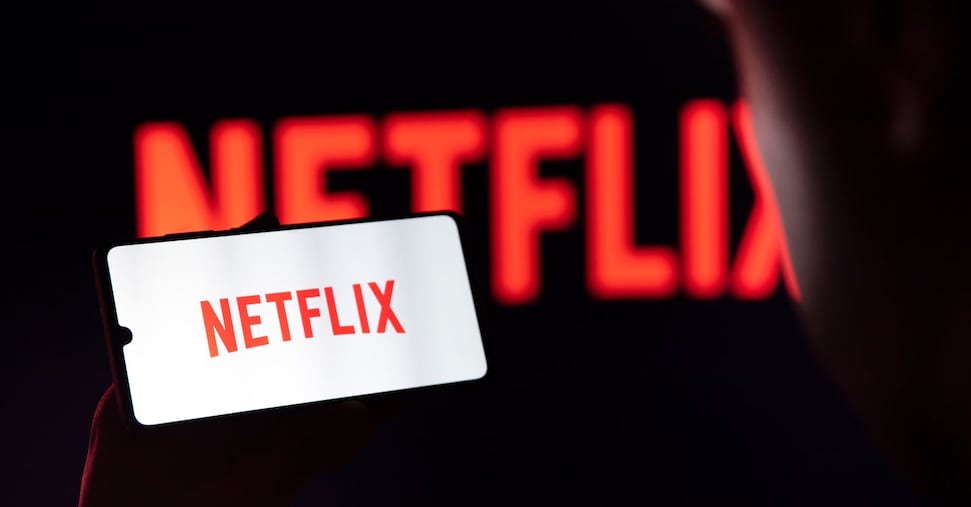TRIMESTRI A CONFRONTO
Loading…
The group, it should be recalled, was characterised by revenues of EUR 11.079 billion, up 15.9% compared to the same period in 2024. Furthermore, net profit rose to 3.125 billion (2.147 billion a year earlier). So: growing accounts. While appreciating the numbers, the experts, however, primarily focused on turnover. In particular, it was pointed out that the first line of the budget was based on three main levers: price increases, the introduction of advertising, and the stabilisation of the subscriber base (after the increase in the wake of the crackdown on password sharing). All solid levers but – it is the objection – not infinite: prices, for instance, cannot be raised continuously without creating risks on the user churn rate.
RICAVI E AREE GEOGRAFICHE
Loading…
The company’s considerations.
Netflix rejects fears. The management explained that revenues are benefiting from a balanced mix: on the one hand, the increase in subscriptions continues at the same time as the penetration of advertising; on the other hand, the pricing strategy has not – so far – brought any abnormal rise in the ‘churn rate’. In particular, the company insisted on the contribution of advertising: the Netflix Ads Suite is now up and running and advertising turnover is doubling year on year, exceeding the forecasts made at the beginning of 2025.In short: this is a long-term, not a short-term factor.
Having said that, however, it was further objected that the high expenditure on original content (in 2025 it remains around 18 billion) constitutes a risk. Some experts expressed fears that this level of investment could squeeze margins if new titles do not generate sufficient ‘engagement’. Again, Netflix has stated that it does not share this concern. First of all, is the indication, the portfolio diversification is recalled: the group produces and distributes multiple titles every year, in different genres and languages, with a not indifferent weight of local productions (‘local for local’). The approach, the company goes on to explain, reduces dependence on single hits (global or otherwise). So much so that, even the most-watched productions account for less than 1 % of the total hours watched in the time window considered. Not only that. The multinational streaming company states that the investment – although high – should not be considered as a non-repayable expense. Rather, as the construction of an increasingly rich and proprietary catalogue, which generates returns over time. Indeed, Netflix points out that original productions have a long life on the platform, feed recommendations and can also be exploited for other formats, such as games or derivative products.
The competition.
Finally: competition. Industry analysts have reiterated the theme of increasing competition. A challenge that is brought not only by traditional rivals such as Disney+, Prime Video and Apple TV+, but also by platforms such as YouTube, TikTok or free services with advertisements that take away users’ attention time. The company, while admitting the dangers that come with such stiff competition, indicates that it can handle the situation. Not only because, on the one hand, its growth is sustained by – precisely – new users, advertising, product quality and the global scale of the offer; but also because – together with the ability to manage big data concerning customers – there is still ‘about 80 per cent of the TV share that neither Netflix nor YouTube itself owns’. Put differently: there is an important space – occupied now, for example, by linear TV – that can be conquered.
Multiples on the market.
Yes, conquered. But given these considerations, what are the dynamics of the stock’s stock market multiples? According to Seeking Alpha, on the one hand, the non-GAAP forward P/E is 44.1 (14.3 the average for the comparator sector); on the other hand, the non-GAAP forward PEG is 1.85 times (1.49 the comparator). The forward PEG, on the other hand, is 52.3 compared to the comparison value of 8.23. In such a context, Seeking Alpha first indicates that the valuation ‘is particularly high’ and then points out that ‘the momentum is remarkable: one-year performance is up about 68%, far outperforming the sector’. In short, the do-it-yourself saver, as usual, must move with great caution, always considering his or her own risk appetite.

